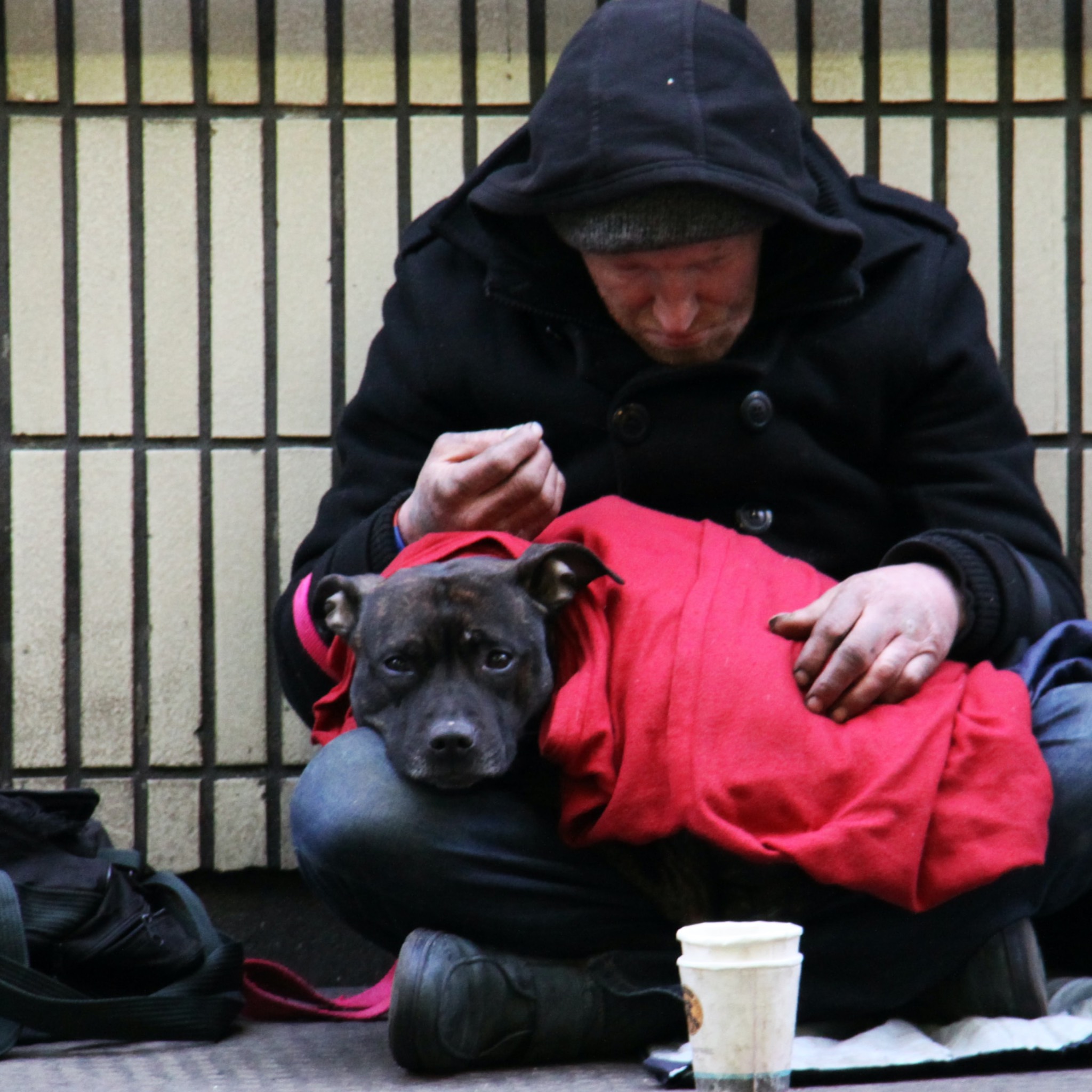 It has been asserted that one of the reasons that many individuals view those who are homeless with disdain is so that the observer can feel better about him/herself. These particular people, with no knowledge of the road that led to homelessness, assume that anyone without a sheltered residence is damaged and “less than”. They, can,(the judges) then, flatter themselves that they are substantial and first-rate.
It has been asserted that one of the reasons that many individuals view those who are homeless with disdain is so that the observer can feel better about him/herself. These particular people, with no knowledge of the road that led to homelessness, assume that anyone without a sheltered residence is damaged and “less than”. They, can,(the judges) then, flatter themselves that they are substantial and first-rate.
It is not unusual to learn that “normals” fear, unconsciously, that they could, with a turn of fortune, become one of the deplored. The truth is that that is entirely possible. One can, correctly, predict growing numbers of those who have lost the life they have known. As the newcomers enter strange, often threatening, territory, they are participating in an experience most, would not, intentionally, choose.
Given the circumstances, caused in part by the corona virus , right now, that have caused once-secure citizens to lose their homes and safety nets, just about anyone, except for the upper 1% are, actually, at risk.
For those who find themselves, and, often, their families, on the streets, a humanizing blessing arrives with the incorporation of a pet, usually a dog, into their lives. Pets remind those who have been dispossessed of their (the owner’s) intrinsic value. The responsibility of pet care provides a schedule of some sort for those whose days are formless. Life acquires new meaning, as the unique bond between pet and human reinforces the idea of “I am needed, I am worthwhile.”
Many “normals” not only condemn this, they often interfere with the human/dog relationship with the misguided idea that they are “dog savers”. In fact, the harm that is visited on human and pet can be incalculable. How is this possible? Studies have proven that even those who are most destitute provide, more than adequately, for their dogs. It is common for the so-called “street people” to, when offered, refuse to eat themselves, or insist on sharing food with their dogs. It is not acceptable to allow their, often, best friend to suffer in any way that can be prevented.
The majority of shelters do not allow dogs. The result is that countless people live outside in the cold, during storms, and other adverse conditions because of their devotion to their pets.
Many of those who operate shelters are aware of the problem. There are, increasingly, facilities that allow pets. There are also a growing number of relief groups that cater to the needs of the pets of the homeless. These helpers include veterinarians who offer their assistance for free.
Pets help those who, materially, have nothing, to feel useful, consequential, in other words…human. The homeless do not lack the ability to love. Like all dog owners, this population receives unquestioning, enduring, prejudice-free loyalty and affection from their pets. It has been suggested that the comfort in the form of pets has reduced the suicide rate and contributed to the maintenance of sobriety among the population of the disenfranchised.
There is a tendency to project human thought and intention onto animals. Animals are often humanlike, but have brains that organize in a dissimilar way. With the human tendency toward narcissism, it can be hard to recognize the significant differences in the brains of same- and other-species of beings. “Of course that dog would be better off in a traditional home!" Not necessarily.
The dog that is loved consistently, attended to with sensitivity, and is loved as itself, not as an extension of the owner, is the happiest dog. It pleases owners to dress their dogs in costumes that attract attention. There is no data that suggests that costume-wearing enhances the dog’s life satisfaction.
Some researchers have observed that in the homeless population the dog and owner, in effect, become a pack of two. There is a mutual easing of anxiety, as pet and human spend all of their time together. This provides security for both. Theirs, in fact, is a reciprocal dependency. They each offer the other a form of safety. The dog is likely to bark when aggressive behavior is aimed at their owner. The dog is ready to protect. It is important to remember that the vast majority of these canines are not lap dogs. They have learned how to negotiate the streets just like their owners. These pet owners are ready to do everything within their capability to protect their precious charges.
It has been noted that dogs who live with individuals who are homeless, are, usually, very well-behaved. The constant presence of the person provides the dog with security and a sense of well-being that a dog left alone at home all day does not experience. It is unlikely to encounter a so-called homeless dog that will destroy it’s owner’s property. These dogs do not run away. As a rule they are approachable and exhibit less anxiety than the typical sequestered dog.
At times the dog can serve as an agent of socialization for it’s homeless owner. Some individuals, who would never initiate, or respond to discourse with the human owner, are not afraid of the pet, and are, thus, responsive to the pet. For some who resist what they believe contributes to the homeless situation, it is acceptable and gratifying to provide food and other articles that the dogs require.
It has been estimated that there are 600,000 homeless individuals in the United States. This is, actually, a guesstimate. It is difficult to track down individuals who do not have a stable address. Additionally, many who live on the streets are fearful of persons with authority. It is easy to understand why.
The principal fastest-growing subset of homeless are entire families. A larger portion of these families are headed by single mothers. All groups are composed of multiple ethnicities, varying religious beliefs, and lifestyles. They not only share space, they must compete for limited resources. They do remarkably well. This type of competition can be fierce between persons who are not at risk financially.
It is notable that these groups who live under sub standard conditions, are able to, for the most part, figure out a way to co-exist. It is beyond time to think about the strengths in these societies. Whether due to mental illness or misfortune, these people understand that they must form working relationships in order to survive.
The people and their pets, more often than not, thrive in each other’s company. The question must be raised: “Why mess with something that works?”
CITATIONS
“Pets of the Homeless Survey —Special Newsletter” petsofthehomeless.org
“Who Are The Homeless?” ncbi.nim.nih.gov
Eckhart, K. (06/16/2017) “What the Bond Between Homeless People And Their Pets Demonstrates About Compassion” washington.edu
Hay, M.(08/30/2018) “Why The Homeless Need Their Pets” unworthy.com
Woolley, E. (11/07/2014) “Why do Homeless People Wear Masks?” Homeless hub.ca
About the Author

Ruth Gordon
, MA/MSW/LCSWI bring with me +30 years of experience as a clinician. My Masters degrees are from: Assumption College, Worcester, MA, Master of Arts in Psychology & Counseling/ and Boston University School of Social Work, Boston, MA, an MSW in Clinical Social Work. This is the 11th year I have written a monthly newsletter that is sent to approximately 500 individuals. The archive can be found on my website, www.foreverfabulousyou.com.
Office Location:
The OC Building, 11983 Tamiami Trail, N., Naples, FL 34110
Naples, Florida
34110
United States
Phone: 239 293-4314
Contact Ruth Gordon
Professional Website:
www.foreverfabulousyou.com